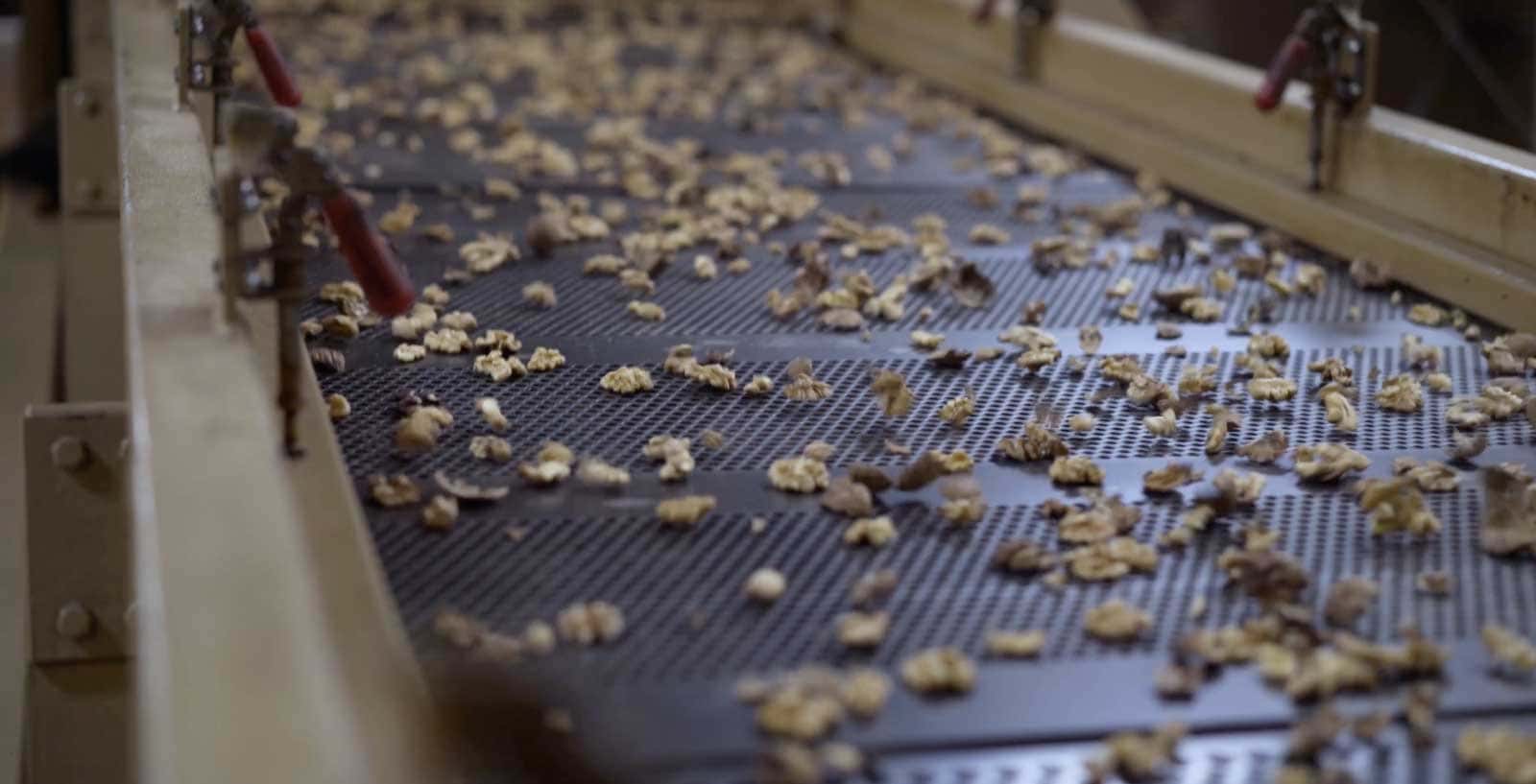May 2018 Greetings Growers!
Can you believe it’s already the beginning of the second quarter of 2018? Our new plant is coming along great and we look forward to introducing it in the early summer. As a reminder, be on the lookout for June grower payments, if one is due to your operation. Our grower reps will be in contact in the upcoming months for signatures on contract renewals. This newsletter contains some valuable information on orchard management for the upcoming months that will be beneficial to you. Hope you enjoy our newsletter as much as we enjoy providing it.
Countries With Big Increases/Decreases in Imports: September 1, 2017 – March 31, 2018:
- USA shelled down 10 million pounds or 9.48%
- UAE shelled down 4 million pounds or 65.26%
- Japan shelled up 5 million pounds or 24.3%
- USA in-shell up 5 million or 49.16%
- Italy in-shell down 9 million or 17.53%
- Spain in-shell down 3 million or 16.91%
- Turkey in-shell down 40 million or 34.12%
- Hong Kong in-shell down 22 million or 68.48%
- India in-shell down 7 million or 24.69%
- Vietnam in-shell down 23 million or 57.59%
California Walnut Inventory (Inshell Tons):
- Carry-in from 2016 Crop Year: 55,976
- 2017 Walnut Receipts: 627,798
- Total Inventory: 683,774
- Shipments through March 31st: 451,443
- Remaining Inventory: 232,331
Walnut Shipments by Region: September 1, 2017 – March 31, 2018:
Shelled
- North America is down 10 million pounds or 8.13%
- Europe is up 2 million pounds or 3.06%
- Asia is down 1 million pounds or 2.15%
- Middle East is down 13 million pounds or 49.01%
In-Shell
- North America is up 6 million pounds or 42.93%
- Europe is down 13 million pounds or 14.42%
- Middle East is down 39 million pounds or 24.40%
- Asia is down 51 million pounds or 45.64%
California Walnuts: What To Remember Over The Next 4 Months In The Sac Valley By Dani Lightle, UC Orchards Advisor
MAY
- Nitrogen fertilization applications should begin in May: Walnut trees only use stored nitrogen the first month after leaf-out, so N applied before May will likely be leached. Walnut tree nitrogen use is fairly steady over the growing season. Evenly dividing nitrogen application in 3-4 doses between May and mid-August will improve N uptake compared to 1-2 applications.
- Codling moth: Continue monitoring traps. Look for 1B flight peak approximately 600 to 700 degree days (DD) after the first biofix. If populations are high, or the orchard has a history of significant codling moth damage, and/or the residual period from the 1A treatment (if applied) has elapsed, consider treating according to UC IPM guidelines. Ideal treatment timings will depend on the material (roughly 650 to 700 DD after the first biofix – confirm with trap activity).
- Navel orangeworm: Continue monitoring trap activity. Research still indicates that best treatment timing for NOW is late season (husk split). Trap data can provide information regarding relative population abundance and flight activity as husk split approaches.
- Aphids: Begin sampling for aphids in May, examining upper leaf surfaces for dusky-veined aphids and lower surface for walnut aphids. Walnut aphid natural enemies (parasitoid wasps) tend to provide good levels of control if not disrupted. Evaluate the level of parasitism in your orchard (abundance of aphid mummies relative to nonparasitized). Consider treatment only when the number of non-parasitized aphids exceeds an average of 15 per leaflet in a sample of 50 leaflets from 10 trees.
JUNE
- Bot: If applying only one fungicide spray for Bot canker, a mid-June to mid-July spray timing will significantly reduce blighted shoots compared with a no spray treatment. With the threat of rain passing, now is the time to prune out dead branches to reduce inoculum.
- Codling moth and NOW: Continue monitoring traps and developing nuts for evidence of infestation.
- Spider mites: Start looking for spider mites and predators (especially predatory mites and sixspotted thrips) in late spring and map areas of concern for summer monitoring. Begin summer monitoring in June or early July (erring on the early side if warmer temperatures). Good predator abundance early in the year can provide significant natural control later in the year IF not disrupted by broad-spectrum pesticides or miticides.
- Husk fly: Hang traps by June 1. Yellow sticky traps charged with an ammonium carbonate lure work best. Check traps 2 to 3 times per week and treat based on detection of eggs in trapped females or increases in trap catches.
*Source: https://agfax.com/2018/03/10/californiawalnuts-what-to-remember-over-the-next-4-months/
Get In Touch


